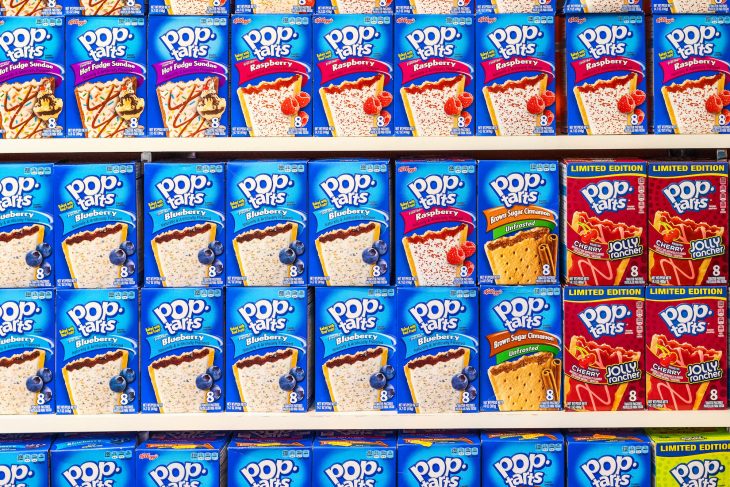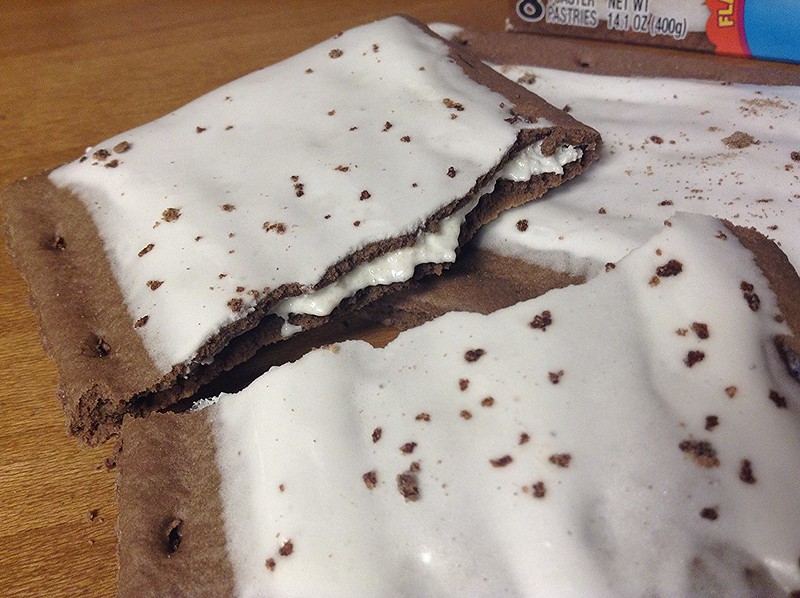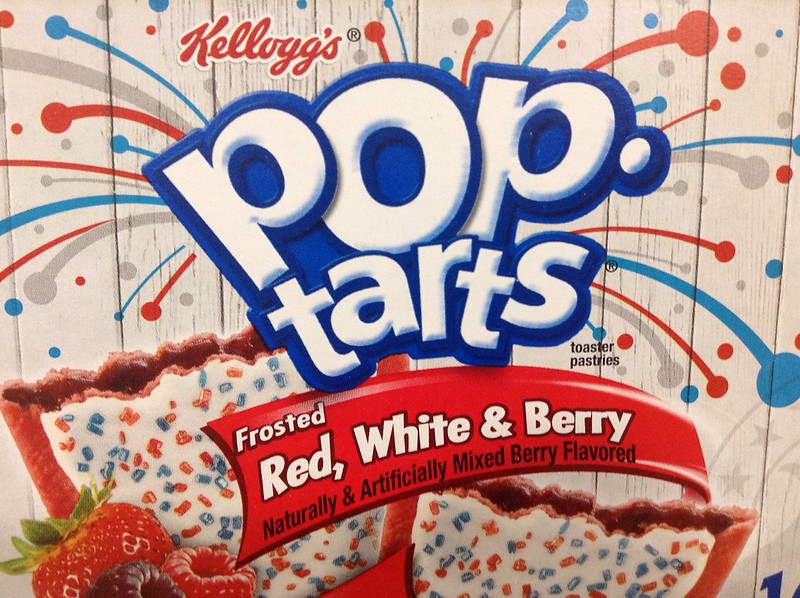
Pop-Tarts, the beloved toaster pastries, have been a staple in many households since their introduction in 1964. These convenient and tasty treats come in various flavors, from fruity to chocolatey, and even limited-edition seasonal varieties. However, it’s essential to understand the nutritional content of Pop-Tarts to make informed decisions about your snack choices. In this article, we’ll explore 20 Pop-Tarts nutrition facts that will help you better understand what you’re consuming.
Calories
A standard serving size of Pop-Tarts (one pastry) contains approximately 200 to 220 calories. The number of calories may vary slightly depending on the flavor and frosting.
Fat Content
Pop-Tarts contain about 5 grams of fat per serving. This fat content includes 1.5 to 2 grams of saturated fat, while the remaining fat consists of monounsaturated and polyunsaturated fats.
Sodium
Each serving of Pop-Tarts contains approximately 180 to 230 milligrams of sodium. This represents about 8% to 10% of the daily recommended sodium intake for an average adult. Sodium levels may vary depending on the flavor.
Carbohydrates
Pop-Tarts have about 35 to 40 grams of carbohydrates per serving. This includes 1 to 3 grams of dietary fiber and 15 to 20 grams of sugar.
Protein
Each serving of Pop-Tarts contains about 2 to 3 grams of protein.
Cholesterol
Most Pop-Tarts flavors are low in cholesterol, containing less than 5 milligrams per serving.
Vitamin and Mineral Content
Pop-Tarts are fortified with vitamins and minerals, including Vitamin A, Vitamin B1 (Thiamin), Vitamin B2 (Riboflavin), Vitamin B3 (Niacin), Vitamin B6, Vitamin B12, Vitamin D3, and folic acid. They also contain small amounts of calcium, iron, and potassium.

Allergens
Pop-Tarts contain allergens such as wheat and soy. Some flavors may also contain milk, eggs, or tree nuts. Always make sure to check the label for specific allergen information.
Trans Fat
Most Pop-Tarts flavors are trans-fat-free, as they use healthier oils, such as palm oil and soybean oil, in their ingredients.
Additives and Preservatives
Pop-Tarts contain additives and preservatives, such as artificial colors, artificial flavors, and high fructose corn syrup. Be sure to read the label if you’re concerned about these ingredients.
Filling Varieties
Pop-Tarts offer a wide range of filling options. These include fruit-based fillings like strawberry, cherry, and blueberry, as well as chocolate, marshmallow, and peanut butter fillings.
Frosted vs. Unfrosted
Pop-Tarts come in both frosted and unfrosted varieties. Frosted Pop-Tarts tend to have slightly more calories, sugar, and fat than their unfrosted counterparts.
Gluten-Free Options
While there aren’t any gluten-free Pop-Tarts varieties currently available, there are alternative toaster pastries on the market that cater to those with gluten sensitivities.
Organic and Non-GMO Options
There are currently no organic or Non-GMO Project Verified Pop-Tarts. However, some other brands offer organic and non-GMO toaster pastries as alternatives.
Serving Suggestions
Pop-Tarts are typically enjoyed toasted, but they can also be eaten straight from the package or warmed in the microwave for a few seconds. Some people even enjoy them frozen as a cool treat.

Snack Size Packaging
Pop-Tarts are available in various package sizes, including single-serving snack packs. These smaller portions can help with portion control and prevent overeating.
Breakfast or Snack Option
While Pop-Tarts are often marketed as a breakfast food, they can also serve as a convenient snack or dessert option. Keep in mind, however, that they are high in sugar and should be consumed in moderation as part of a balanced diet.
DIY Pop Tart Recipes
For those interested in making their own Pop-Tarts at home, there are numerous recipes available online that allow for customization of flavors, fillings, and frosting. Homemade Pop-Tarts can also be made with healthier ingredients and catered to individual dietary preferences.
More About Pop-Tarts
Limited Edition and Seasonal Flavors
Pop-Tarts frequently release limited edition and seasonal flavors, such as Pumpkin Pie, Sugar Cookie, and Watermelon. These unique flavors offer a fun twist on the classic toaster pastry and are often highly sought after by fans.
Environmental Initiatives
Although Pop-Tarts are individually wrapped in foil packaging, which is not recyclable, the outer cardboard box is made from recycled materials and can be recycled again. Be sure to separate the packaging and dispose of it responsibly.
Conclusion
In conclusion, understanding the nutritional content of Pop-Tarts can help you make informed decisions about your snack choices. With various flavors, package sizes, and serving suggestions available, there’s a Pop-Tarts to satisfy almost everyone’s taste buds. However, it’s essential to enjoy these toaster pastries in moderation, as part of a balanced diet. By keeping these 20 nutrition facts in mind, you can continue to enjoy Pop-Tarts while still being conscious of your health and wellness.
Was this page helpful?
Our commitment to delivering trustworthy and engaging content is at the heart of what we do. Each fact on our site is contributed by real users like you, bringing a wealth of diverse insights and information. To ensure the highest standards of accuracy and reliability, our dedicated editors meticulously review each submission. This process guarantees that the facts we share are not only fascinating but also credible. Trust in our commitment to quality and authenticity as you explore and learn with us.
